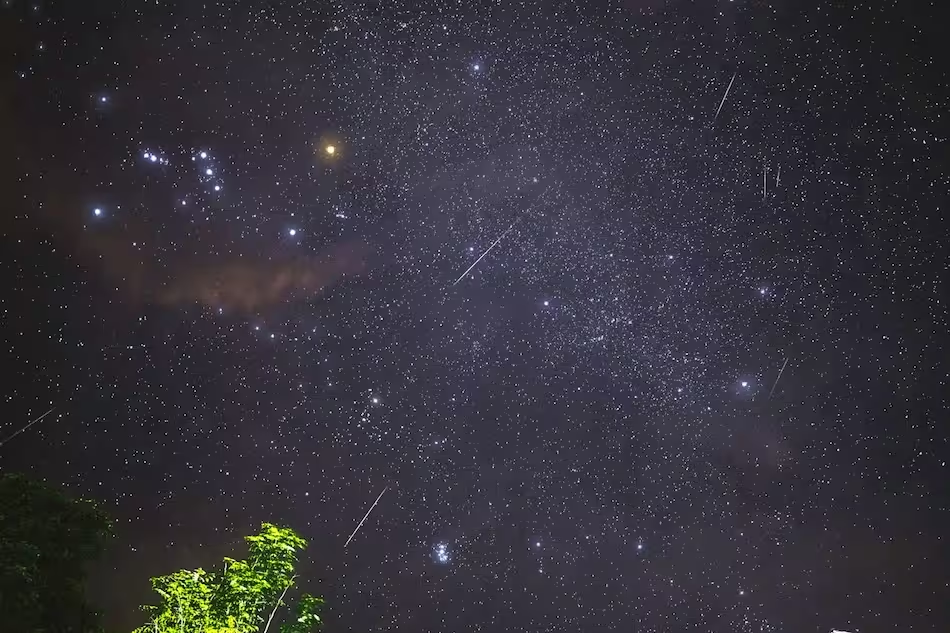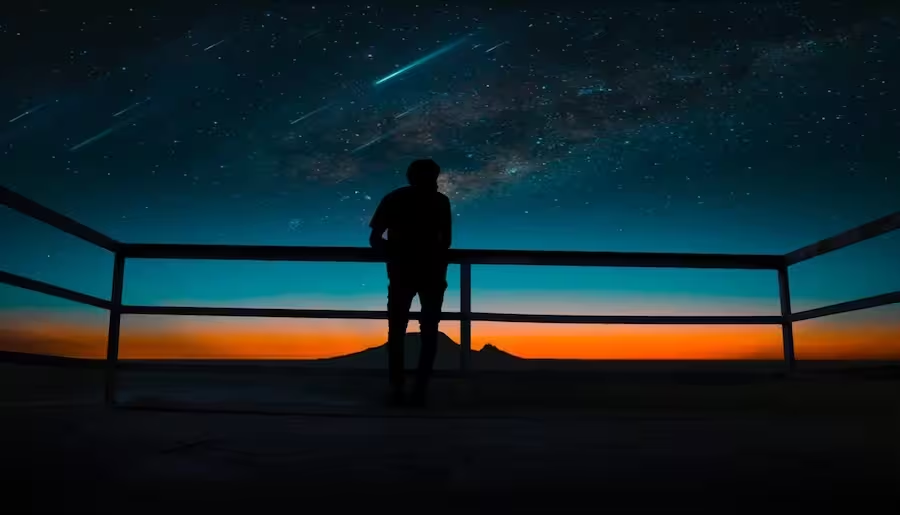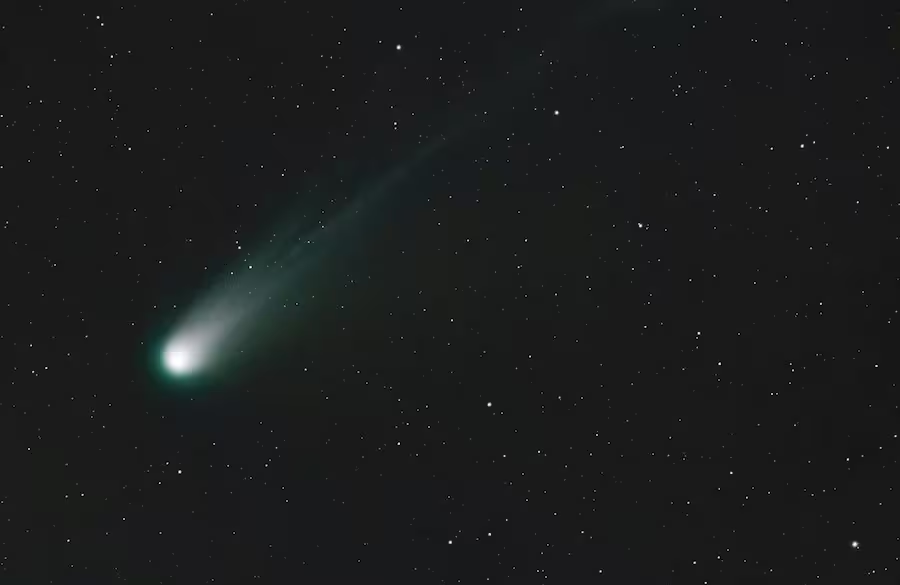Sky watchers will get a treat this week at both the Delta Aquariids and Alpha Capricornids will peak. Then in mid-August the Perseids will hit its best viewing time around August 12th or 13th, 2024. All three meteor showers have already started and are ramping up slowly.
Delta Aquariids Meteor Shower
First the Delta Aquariids, which actually peaked on Tuesday morning will last through August 21st. This event doesn’t really have a peak, according to experts. It goes until late July through early August, joining with the August Perseids.
“These are usually faint meteors that lack both persistent trains and fireballs,” the American Meteor Society reports. “In 2024, moonlight will be a minor factor from the waning crescent moon which rises in the early morning hours. If the moon is above your horizon when viewing this shower, simply view more toward the southwestern sky.”
Alpha Capricornids Meteor Shower
The Alpha Capricornids meteor shower lasts through August 15. Both the Delta Aquariids and Alpha Capricornids will be in full view Tuesday night into the early morning hours of Wednesday morning. Although according to a CNN article, Wednesday night is actually the best time to view both showers as the waning moon gives us darker skies for viewing. On Wednesday the moon will be 16% full, according to NASA.
“This shower is not very strong and rarely produces in excess of five shower members per hour,” says the American Meteor Society. “What is notable about this shower is the number of bright fireballs produced during its activity period.”
The Perseids Meteor Shower
The Perseids, the most popular meteor shower, peak on August nights on Long Island. Active from July 14th to September 1st, they reach their maximum on August 12th or 13th. These meteors come from particles released by comet 109P/Swift-Tuttle during its returns to the inner solar system. The name “Perseids” comes from their radiant point near the constellation Perseus.
“They are called Perseids since the radiant (the area of the sky where the meteors seem to originate) is located near the prominent constellation of Perseus the hero when at maximum activity,” said the American Meteor Society.
In 2024, the half-illuminated moon will set around 1am local daylight saving time, coinciding with the start of strong meteor activity, making for ideal viewing conditions.
Other Meteor Showers in 2024
- Draconids: October 7th-8th
- Orionids: October 20th-21st
- Southern Taurids: November 4th-5th
- Northern Taurids: November 11th-12th
- Leonids: November 17th-18th
- Geminids: December 13th-14th
- Ursids: December 21st-22nd
How to View a Meteor Shower
Experts say the best way to observe any meteor shower is to find a nice dark sky without obstruction, lay down in a lawn chair, allow time for your eyes to adjust to the dark, and just look up – no telescope needed although you might want to keep a pair of binoculars handy. The best time to search for meteor showers is usually right before dawn in the early morning hours.
Photo by ARMAN ALCORDO JR.



